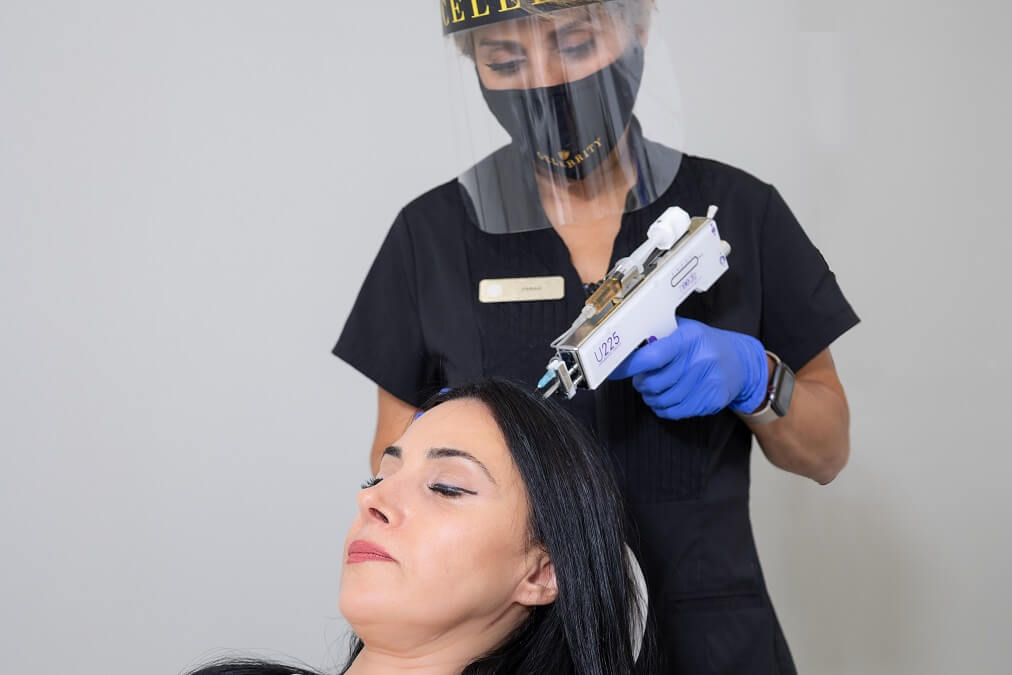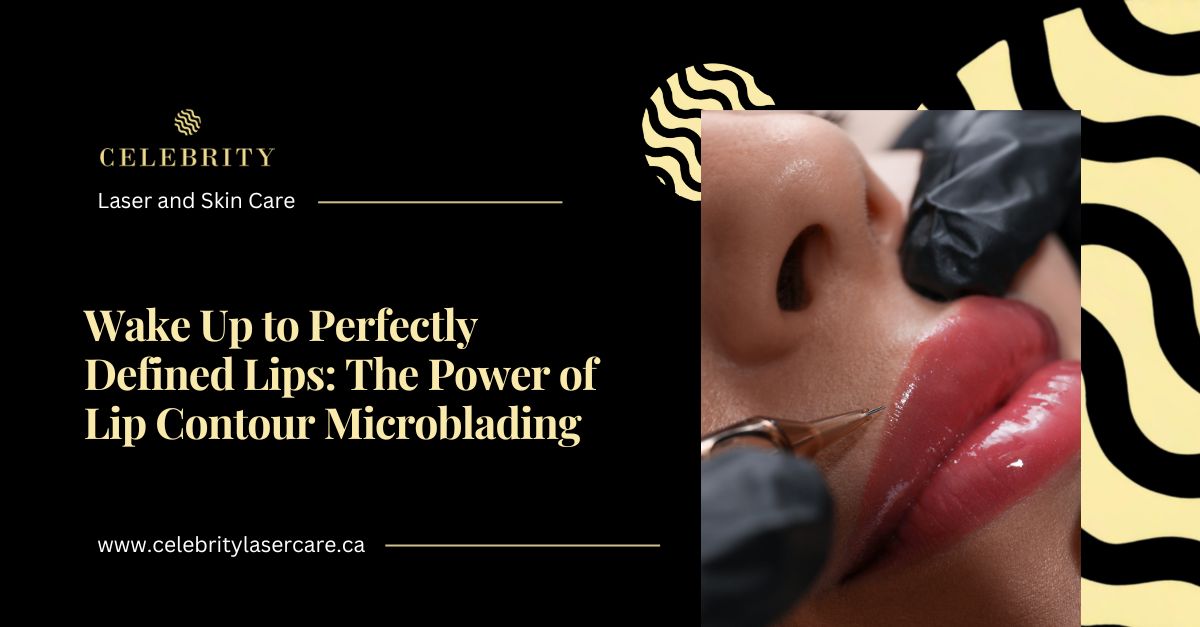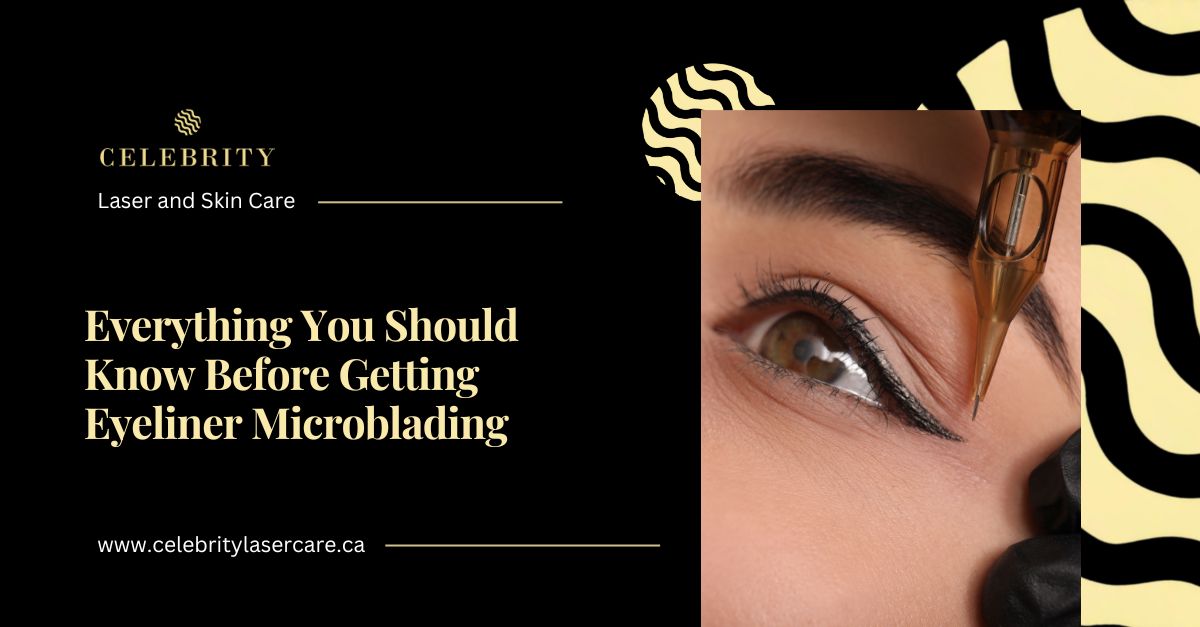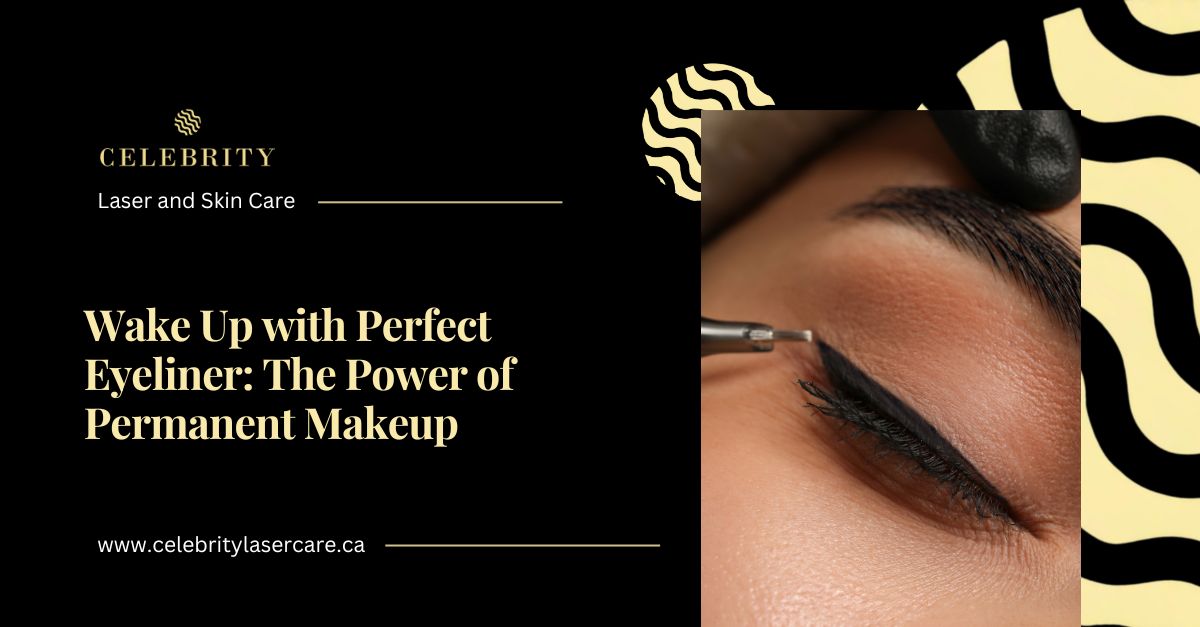Hair PRP, or platelet-rich plasma, is used to restore hair growth. It is injected into the scalp, stimulating cells in the follicles to promote hair growth and give volume to existing hair. PRP promotes and maintains average hair growth by increasing blood flow to the hair follicles and increasing hair thickness. In some cases, PRP hair restoration treatment is combined with other hair loss treatments and medications. Depending on the reason why the person is losing hair, it can be determined which treatment option best suits his needs. However, not all methods are helpful for everyone. Because PRP-based therapies use the patient’s biomaterials, they can also effectively treat hair loss problems and some other ailments.
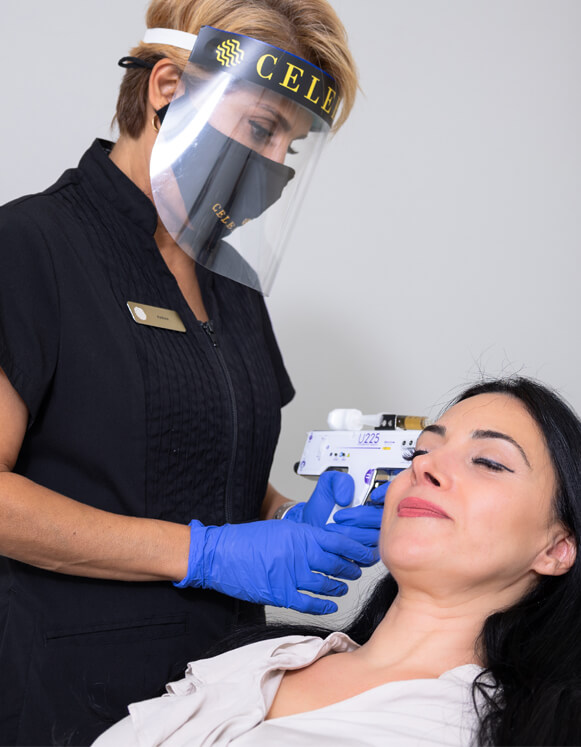
How does PRP work?
PRP hair restoration method is done through small injections and with great accuracy. PRP is painlessly injected into the dermis layer of the scalp that is the source of growth and strengthening of hair follicles. Through the PRP method, we can penetrate the dermis layer in the scalp and stimulate the growth of hair follicles stably. In the PRP hair restoration solution, there are growth factors and stem cells that stimulate the growth of other cells and rejuvenate hair follicles and enhance their development. In this method, the skin tissue itself is not damaged; even PRP stimulates and rejuvenates the skin cells so that immediately after the end of the treatment, your skin becomes soft and beautiful.
Who is not a candidate to receive PRP hair restoration?
Make sure to tell your doctor about any illnesses and medications you are taking before receiving PRP hair restoration treatment. Many experts believe that the following people are not good candidates to receive PRP treatment:
- People taking blood thinners.
- Those who smoke heavily.
- People with a history of drug or alcohol addiction.
Also, if you have the following conditions, this treatment may not be proper for you:
- Chronic liver disease.
- Chronic skin diseases.
- Low blood platelet count.
- Thyroid diseases.
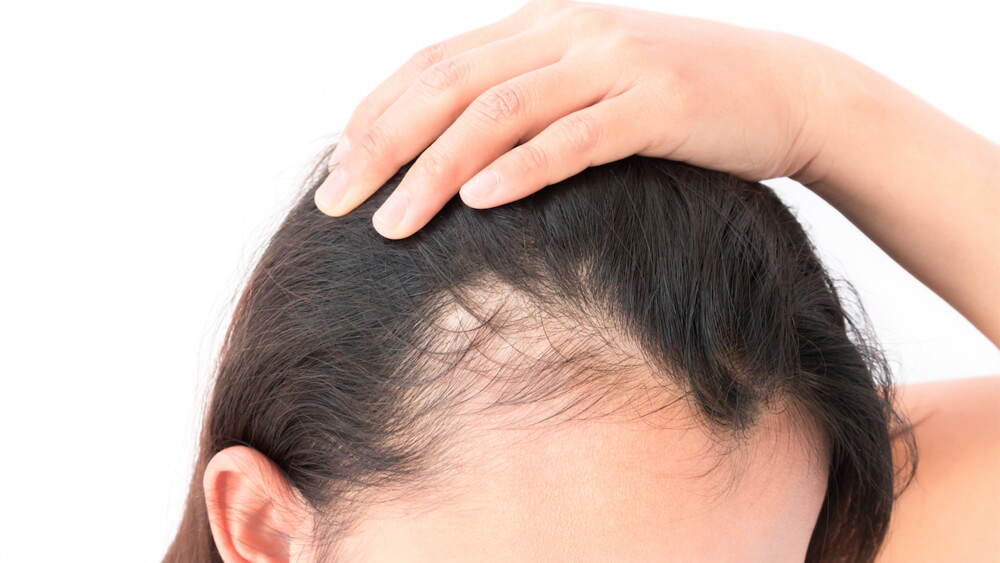
Are there any side effects of PRP for hair restoration treatment?
Because your platelets are used to treat PRP hair restoration, we usually do not see any side effects. Sensitivity, pain, or bleeding at the injection site are possible side effects of this treatment, which are rare. Most people who do PRP hair restoration can resume their daily activities immediately after treatment.
What makes you a good candidate for PRP therapy?
Many PRP operators believe that part of the success of PRP lies in choosing the suitable patients for treatment. PRP is safe and effective for many people. If you are in any of these groups, you are not a good candidate for PRP treatment:
- If you have a significant disorder such as thyroid disease or lupus, you probably will not get good results because these conditions cause hair loss over time.
- If you are taking blood thinners, your platelets will not work as well, and the process will not work as well.
PRP treatment works best on candidates that started experiencing hair loss recently.
What kind of hair loss is a better candidate for PRP hair restoration?
Recent research on PRP results has been mainly on its efficiency in treating androgenetic alopecia, also known as hormone-related baldness called AGA. It is a problem that has been seen in both genders. Men with AGA conditions experience hair loss typically above and in front of the head. Women with AGA condition experience thinning at the top and crown of the head. In these cases, evidence suggests that PRP may work best if combined with other AGA treatments such as topical minoxidil or oral finasteride.
Which PRP hair treatment candidates have shown better results?
PRP hair loss treatment works best when hair loss occurs recently. If most of your hair has been lost for a while, PRP will not be able to restore that part of your hair thoroughly. That is why you must talk to a professional before making any decision regarding your treatment method.
